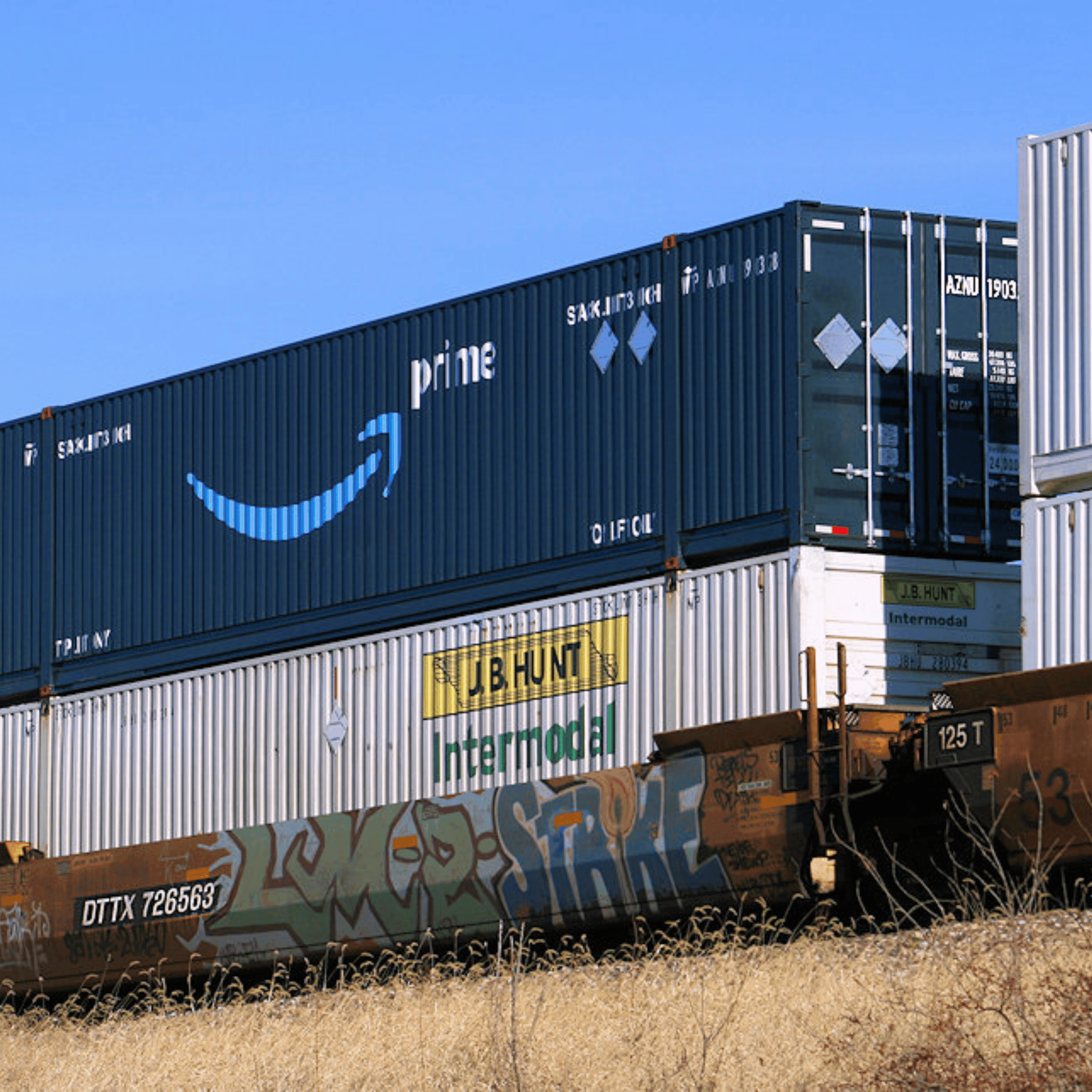Supply Chain Convergence is a revolutionary concept in the realm of business and logistics, particularly within the burgeoning sector of ecommerce. This comprehensive approach to supply chain management seeks to integrate all aspects of a supply chain into a unified, cohesive system. By doing so, it significantly enhances decision-making capabilities and improves overall efficiency, which are critical factors for success in the fast-paced world of ecommerce.
Definition and Key Components
Supply Chain Convergence refers to the integration of various elements of a supply chain, including procurement, manufacturing, distribution, and logistics, into a single, streamlined system. The key components of this convergence typically involve:
Technology Integration: Leveraging advanced technologies like AI, IoT, and blockchain for real-time data sharing and analytics.
Process Standardization: Harmonizing processes across different stages and departments to ensure consistency and efficiency.
Data Synchronization: Ensuring that all components of the supply chain have access to the same, up-to-date information.
Collaboration Enhancement: Fostering closer cooperation between suppliers, manufacturers, distributors, and retailers.
Theoretical Foundations
The concept of Supply Chain Convergence is rooted in theories of systems integration and lean management. It draws from principles of just-in-time (JIT) manufacturing, total quality management (TQM), and Six Sigma, focusing on reducing waste, enhancing quality, and optimizing processes.
Benefits of Supply Chain Convergence for Ecommerce
Enhanced Decision-Making
Real-Time Data Analysis: Provides ecommerce businesses with immediate insights into supply chain operations, enabling quick and informed decisions.
Predictive Analytics: Helps in forecasting demand and supply trends, leading to more strategic planning and inventory management.
Improved Efficiency
Streamlined Processes: Reduces delays and bottlenecks, leading to faster order fulfillment.
Inventory Optimization: Minimizes excess stock and out-of-stock situations, thereby reducing costs and improving customer satisfaction.
Cost Reduction
Lean Operations: Eliminates waste and redundancies, resulting in significant cost savings.
Optimized Logistics: Reduces shipping and handling costs through better route and delivery planning.
Implementation Strategies
Technology Adoption
Investing in Advanced Systems: Implementing ERP systems, cloud computing, and AI-driven analytics tools.
Adopting IoT Solutions: Using sensors and trackers for real-time monitoring of goods and equipment.
Process Re-engineering
Cross-Functional Teams: Encouraging collaboration across different departments to enhance process efficiency.
Continuous Improvement: Adopting a Kaizen approach for ongoing process refinement.
Training and Development
Employee Training: Ensuring staff are skilled in using new technologies and processes.
Change Management: Preparing the organization for the transition to a converged supply chain model.
Challenges and Considerations
Integration Complexity
Technical Challenges: Integrating disparate systems and technologies can be complex and time-consuming.
Cultural Resistance: Employees may resist changes to existing processes and workflows.
Security and Compliance
Data Security: Protecting sensitive supply chain data from cyber threats.
Regulatory Compliance: Ensuring adherence to international trade laws and standards.
The Future of Supply Chain Convergence in Ecommerce
As ecommerce continues to grow, Supply Chain Convergence will become increasingly crucial. Future advancements may include greater automation, the use of blockchain for enhanced transparency, and the integration of advanced analytics for even more refined decision-making processes.
In conclusion, Supply Chain Convergence represents a strategic imperative for ecommerce businesses aiming to remain competitive in a rapidly evolving market. By integrating technology, standardizing processes, and fostering collaboration, businesses can achieve a level of efficiency and agility that is essential for success in the digital age.






